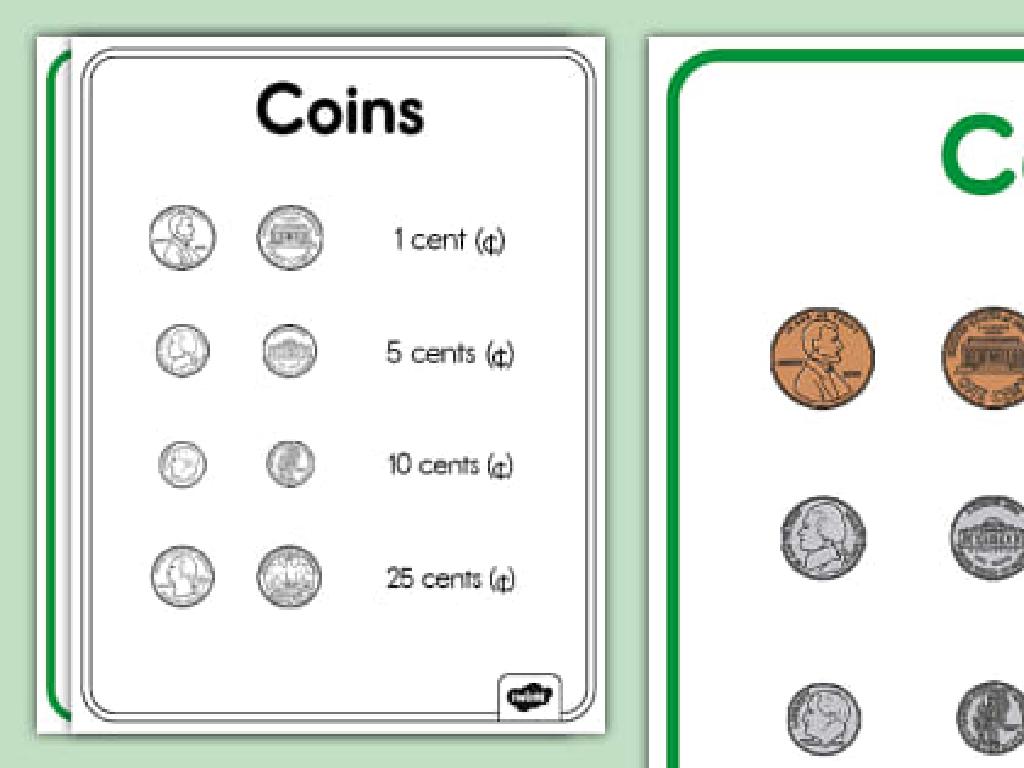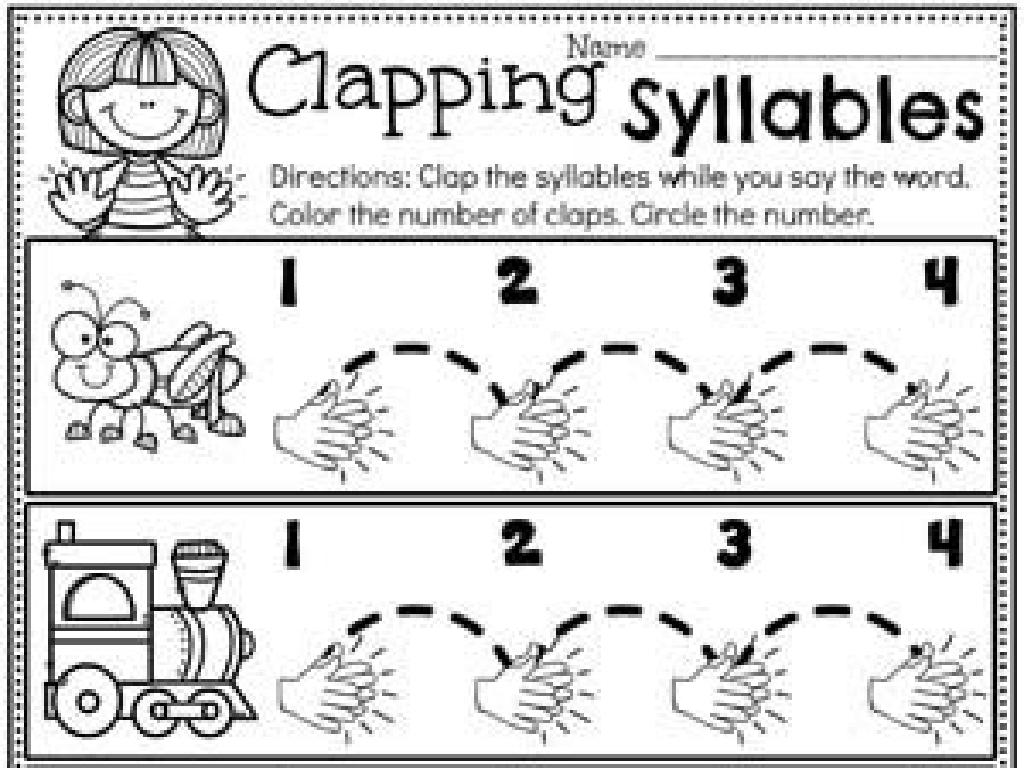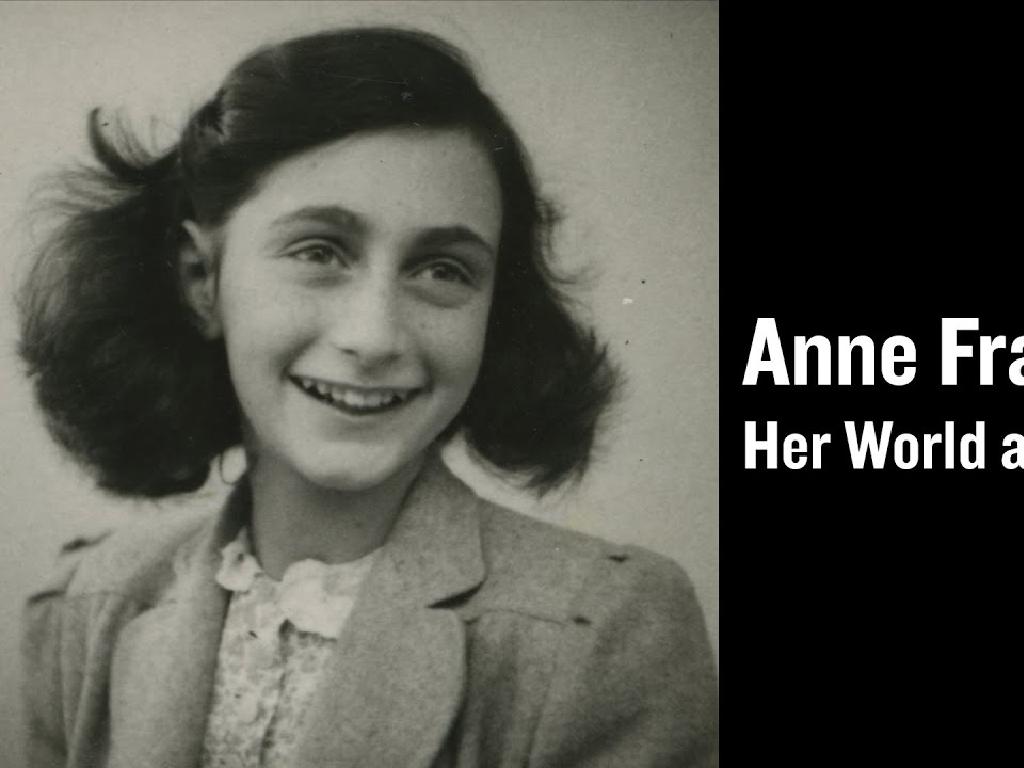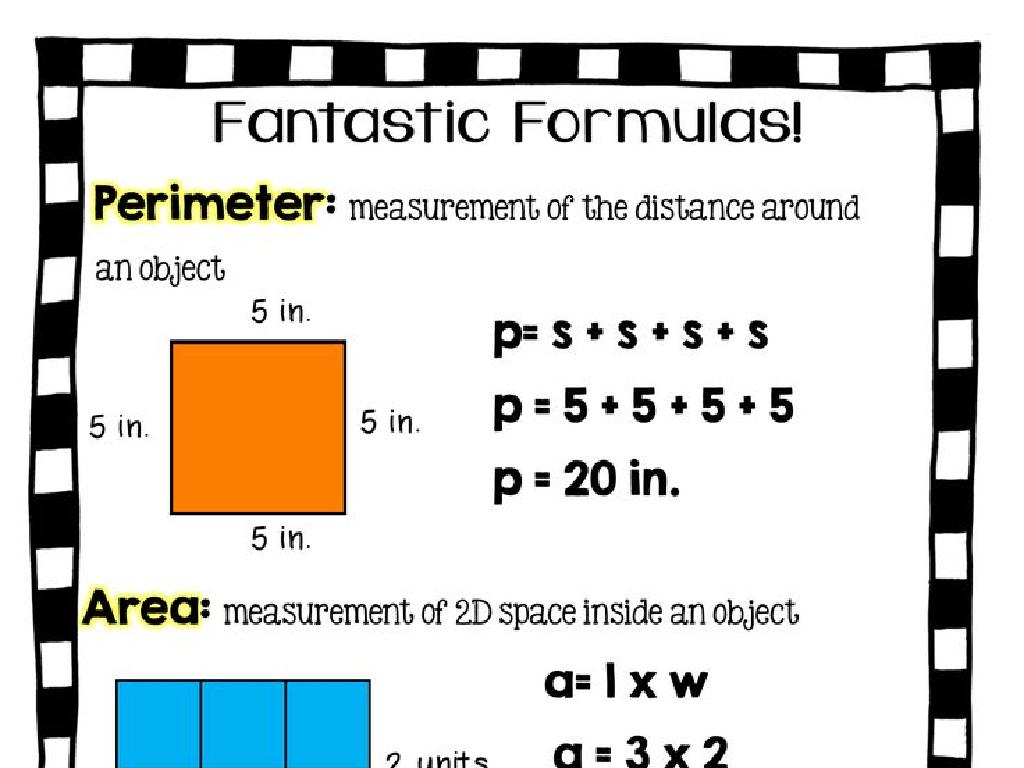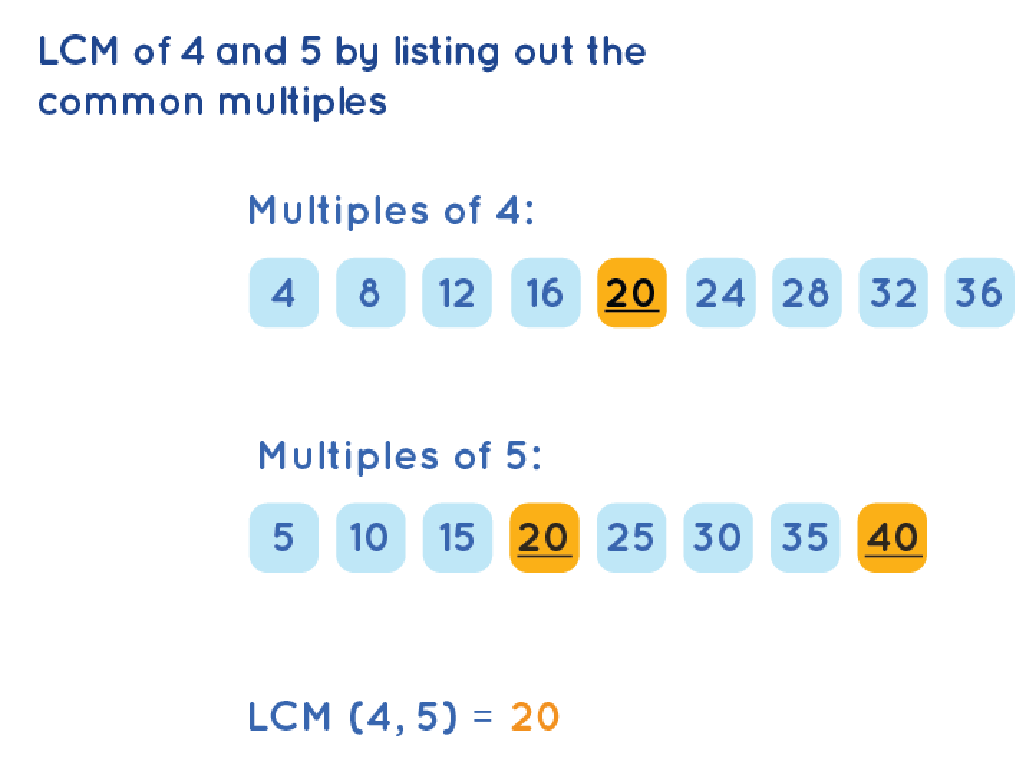Read Graphic Organizers
Subject: Language arts
Grade: Fifth grade
Topic: Visual Elements
Please LOG IN to download the presentation. Access is available to registered users only.
View More Content
Exploring Graphic Organizers
– What are Graphic Organizers?
– Visual tools to structure information
– Reading and creating organizers
– Learn to interpret and make your own
– Organizers’ role in information
– They help sort and clarify complex ideas
– The benefits for learning
|
Graphic organizers are visual representations that help in structuring information, making it easier to understand and learn. They come in various forms like Venn diagrams, flow charts, and mind maps. Today’s lesson will focus on how to read and create these helpful tools. We’ll explore why they are crucial in organizing information, especially when dealing with complex concepts or a large amount of data. By the end of the lesson, students should be able to use graphic organizers to enhance their learning and study habits. Encourage students to think of times they have used similar strategies to remember information and share how it helped them.
Understanding Graphic Organizers
– Graphic organizers explained
– Visual tools to represent ideas
– They help structure information
– Organize thoughts for better understanding
– Examples: Venn diagrams, T-charts
– Venn diagrams show similarities/differences, T-charts compare two sides of a topic
– Benefits of using graphic organizers
– Makes complex information easier to grasp
|
Graphic organizers are visual aids that can help students organize and structure their thoughts and information. They are particularly useful in the learning process as they enable students to see connections and relationships between concepts. Common examples include Venn diagrams, which are circles that overlap to show similarities and differences; T-charts, which have two columns for comparing two aspects of a topic; and story maps, which outline the elements of a story. By using graphic organizers, students can better understand and retain complex information, making them a valuable tool in the classroom. Encourage students to think of times when they have used or could use a graphic organizer to help with their schoolwork.
Exploring Graphic Organizers
– Venn Diagrams: Compare and contrast
– Overlapping circles to find similarities and differences
– T-charts: Organizing two sides
– Two-column chart to discuss opposing views or characteristics
– Story Maps: Story elements layout
– A structured diagram to identify parts of a story like setting, plot, climax
– Concept Maps: Connecting ideas
– A web of boxes and arrows to illustrate how concepts are linked
|
Graphic organizers are visual tools that help organize information and thoughts in a clear, visual way. Venn Diagrams are great for comparing and contrasting two or more items, showing what’s the same and what’s different. T-charts help list out two sides of a topic, useful for pros and cons or fact vs. opinion. Story Maps assist in outlining the elements of a story, which is beneficial for understanding the structure of narratives. Concept Maps show relationships between ideas, helping to visualize complex information. Encourage students to use these organizers to enhance their comprehension and retention of material. In the next class, we can practice creating each type of organizer with examples relevant to what we’re currently reading or studying.
Reading a Venn Diagram
– Identify subjects to compare
– Find similarities in the overlap
– The shared area shows what’s common between them
– Note differences in outer parts
– Unique features are listed in the non-overlapping areas
– Example: Comparing book characters
– Like comparing traits of two protagonists
|
This slide introduces students to the concept of using a Venn Diagram for comparison. A Venn Diagram is a visual tool that helps us see the similarities and differences between two or more subjects. Start by identifying the subjects being compared, which will be represented in the two circles of the diagram. The overlapping section of the circles is where you list the similarities between the subjects. The outer sections of each circle are for noting the unique characteristics that set the subjects apart. For example, when comparing two characters from a book, similarities might include both being brave, while differences could be one is humorous and the other serious. Encourage students to think of their own examples and to practice creating Venn Diagrams with different subjects.
Creating a T-Chart
– Draw a large ‘T’ on paper
– Label each side for comparison
– Add details under each topic
– Example: School Uniforms
– List pros on one side, cons on the other
|
This slide introduces students to the concept of a T-chart, a type of graphic organizer used for comparing two different topics or ideas. Start by having students draw a large ‘T’ on their paper. Then, instruct them to think of two topics they want to compare and write one at the top of each column. Next, they should fill in the T-chart with details that relate to each topic. For instance, if they are comparing pros and cons of school uniforms, one side of the T-chart will list the advantages while the other side lists the disadvantages. This visual representation helps organize thoughts and is an effective study tool. Encourage creativity and remind students that graphic organizers are flexible and can be adapted to suit their needs.
Using Story Maps in Reading
– Identify key story elements
– Setting, Characters, Plot, Conflict, Resolution
– Detail each element from a story
– Jot down specifics like where the story occurs, who is involved, what happens, the main problem, and how it’s solved
– Comprehend story flow via the map
– Visualize how the story progresses from start to end
– Example: Map ‘Charlotte’s Web’
– Use E.B. White’s classic to practice mapping
|
This slide aims to teach students how to use story maps to break down and understand the structure of a story. By identifying the main elements such as setting, characters, plot, conflict, and resolution, students can gain a deeper understanding of the narrative. Encourage them to write specific details for each element, which will help them see how each part contributes to the whole story. Using a familiar story like ‘Charlotte’s Web’ provides a concrete example to apply these concepts. In the next class, students can share their story maps and discuss how this technique helped them understand the story better.
Creating Concept Maps
– Begin with a central main idea
– Branch out to related concepts
– Link ideas with relationship words
– Words like ‘because’, ‘due to’, ‘as a result’
– Example: Map of an ecosystem
– Show connections between animals, plants, and environment
|
Concept maps are visual tools that help organize and represent knowledge. They start with a main idea or concept, usually placed at the center. From there, branches are drawn outwards to related ideas or concepts, forming a network of connected thoughts. Linking words on the branches help to explain the relationship between the central idea and the connected concepts. For example, when creating a concept map about ecosystems, students can show how different organisms like animals and plants interact with their environment. This activity enhances comprehension of complex subjects by breaking them down into simpler, interrelated parts. Encourage students to use concept maps as a study aid to visually organize information and ideas.
Class Activity: Craft Your Graphic Organizer
– Pick a topic from class readings
– Choose a suitable graphic organizer
– Could be a Venn diagram, T-chart, etc.
– Draw the organizer on paper
– Use colors and labels for clarity
– Present your organizer to the class
|
This activity is designed to help students understand the use of graphic organizers in structuring information visually. Start by having students select a topic from recent readings that they found interesting. Discuss the different types of graphic organizers, such as Venn diagrams for comparing and contrasting, T-charts for listing pros and cons, or story maps for narrative structure. Provide paper and drawing materials, and encourage creativity. Once completed, have each student present their graphic organizer to the class, explaining why they chose that type and how it helps organize information about their topic. Possible variations for individual students could include creating a sequence chain for historical events, a cause-and-effect diagram for scientific concepts, or a character map for literary analysis.
Conclusion & Reflection on Graphic Organizers
– Graphic organizers aid visualization
– They help us see connections and structure in information.
– Useful across all subjects
– Not just for stories, but for science, math, and history too!
– Practice improves skills
– The more you use them, the better you’ll get at organizing your thoughts.
– Reflect on your experience
– Think about what you enjoyed or found useful about graphic organizers.
|
As we wrap up our lesson on graphic organizers, it’s important to reflect on their value in helping us visualize and structure information. Emphasize that graphic organizers are versatile tools that can be applied in various subjects, not just Language Arts. Encourage students to practice using different types of graphic organizers to become more proficient. Finally, ask students to think about what they found most interesting or helpful about graphic organizers. This reflection will help them understand their own learning process and recognize the benefits of using visual aids to enhance comprehension and retention of information.

